B01BITA308: Salary Increase Analysis in Business Information
VerifiedAdded on 2023/06/11
|6
|1026
|442
Project
AI Summary
This assignment presents a comprehensive analysis of salary increases, focusing on potential gender disparities within a company. It involves creating new columns in a dataset to calculate salary increases and average increases over the employment period. Histograms are used to visualize the distribution of average salary increases, revealing asymmetry and skewness. Side-by-side boxplots compare average salary increases for males and females, highlighting differences in key statistical parameters. Regression analysis is performed to model the relationship between starting and current salaries for both genders, revealing insights into how initial salaries impact subsequent raises. The analysis concludes that while the rate of salary increase might be higher for females, the overall increase for males tends to be larger due to historically higher starting salaries. The report emphasizes the importance of addressing historical pay differences to ensure gender equality in compensation. Desklib provides access to similar solved assignments and study tools for students.
1 out of 6

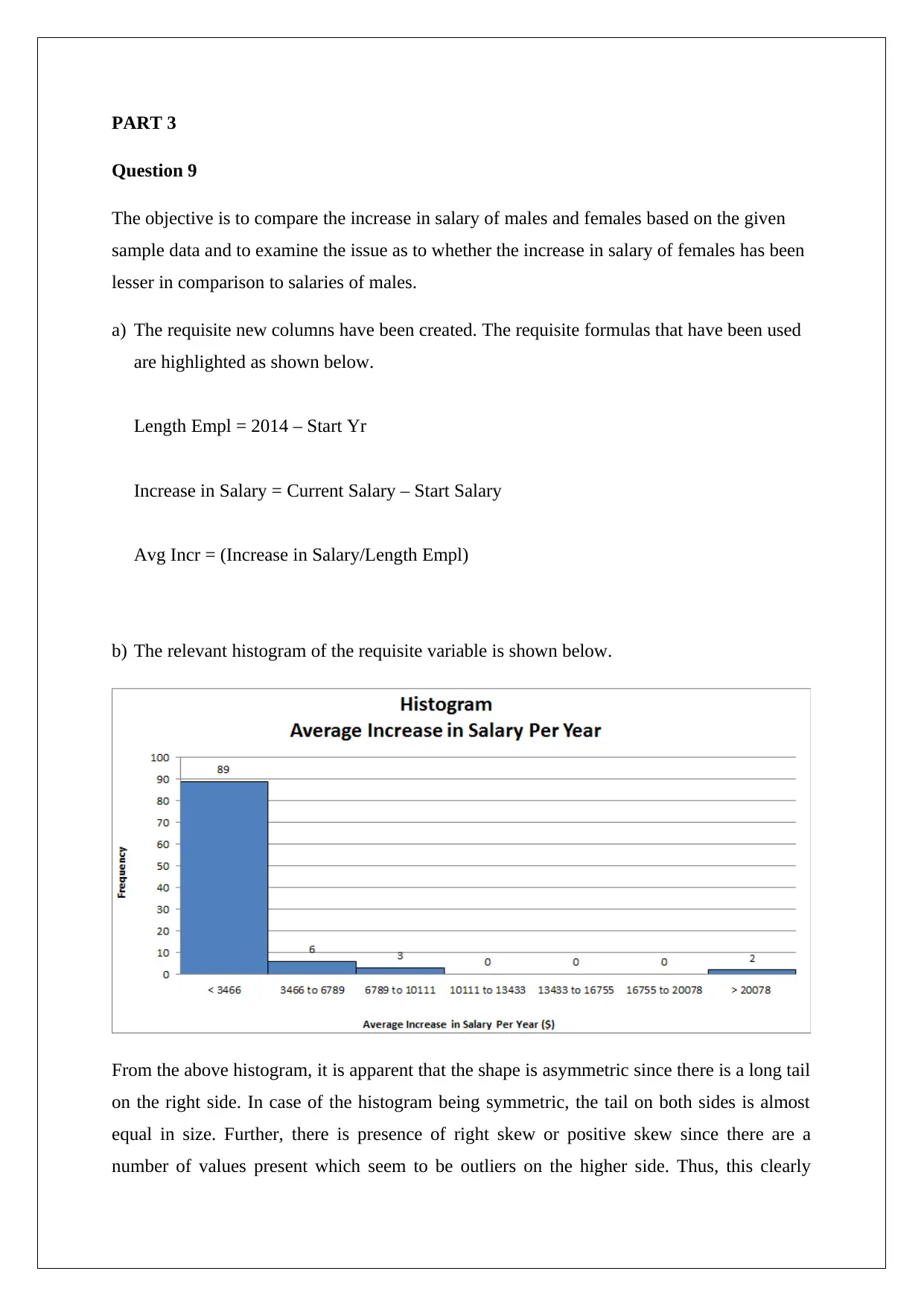
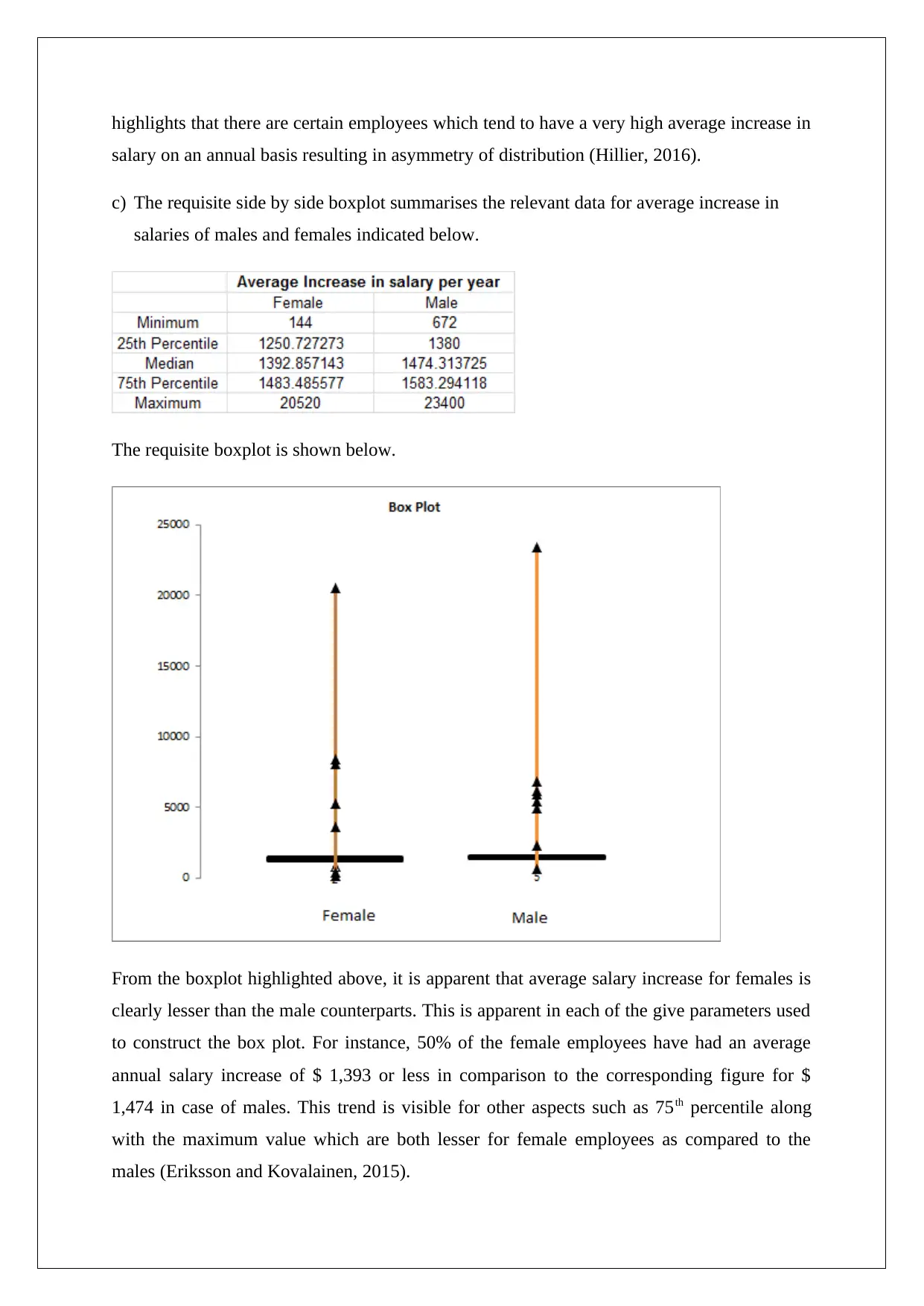

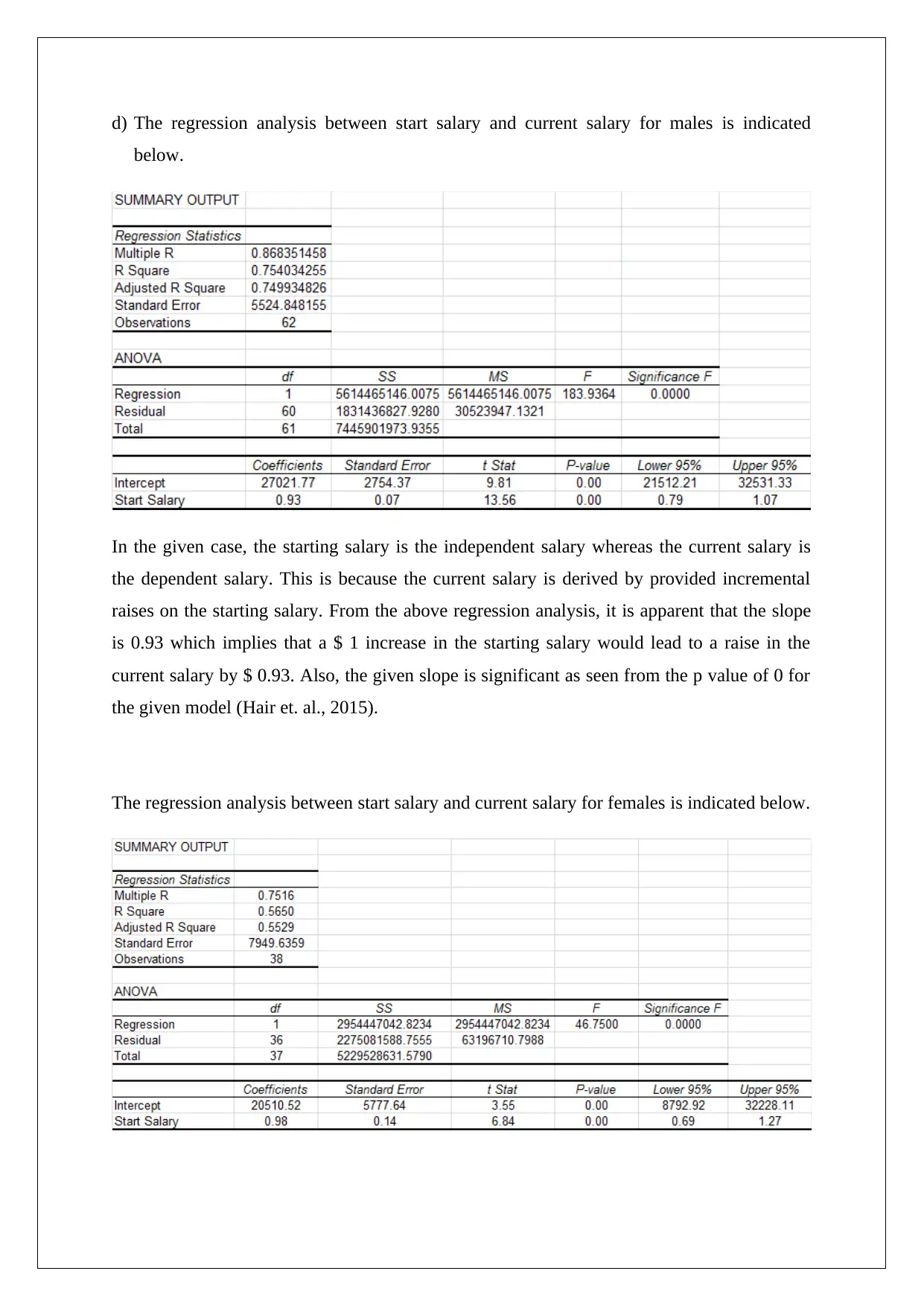
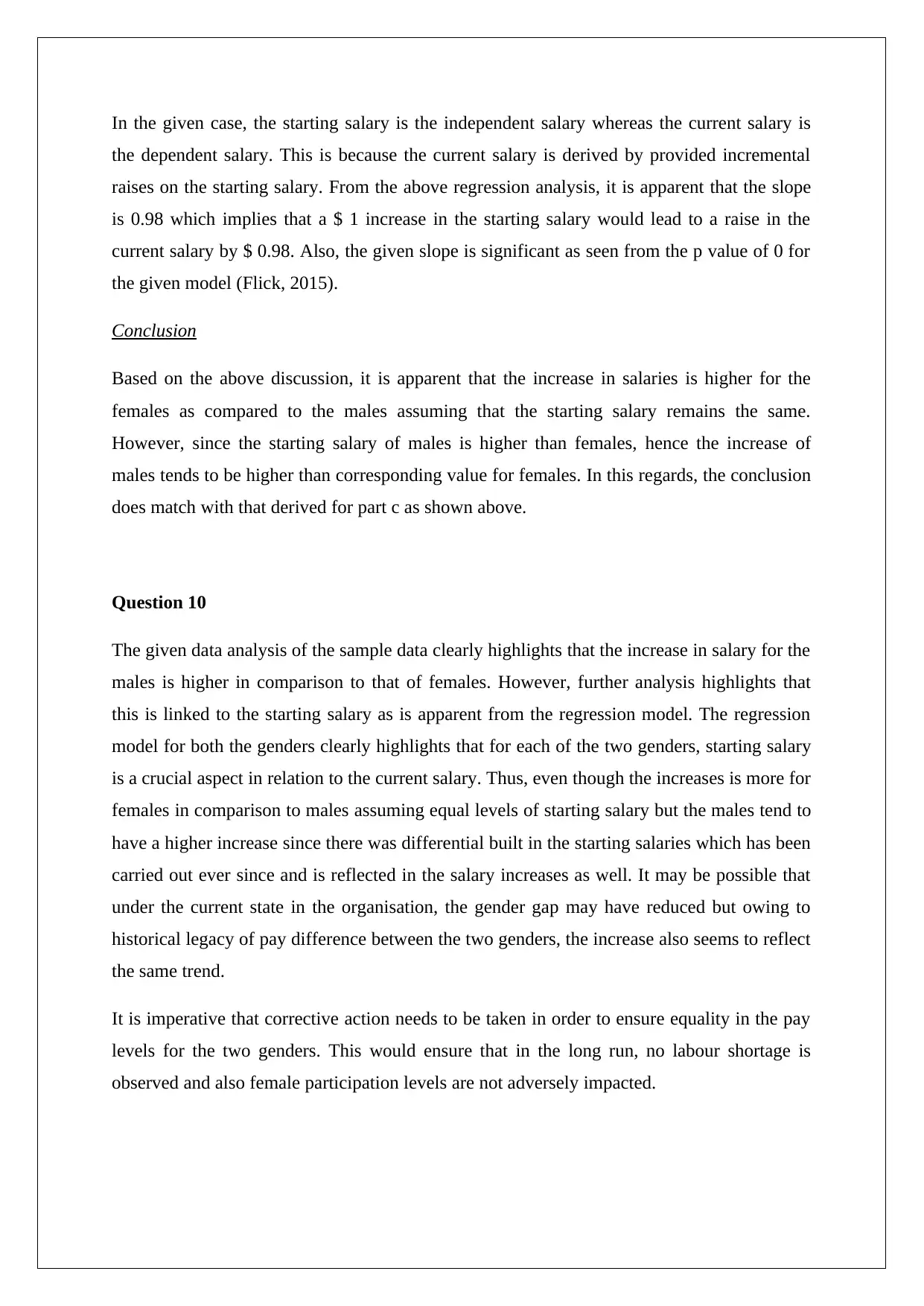
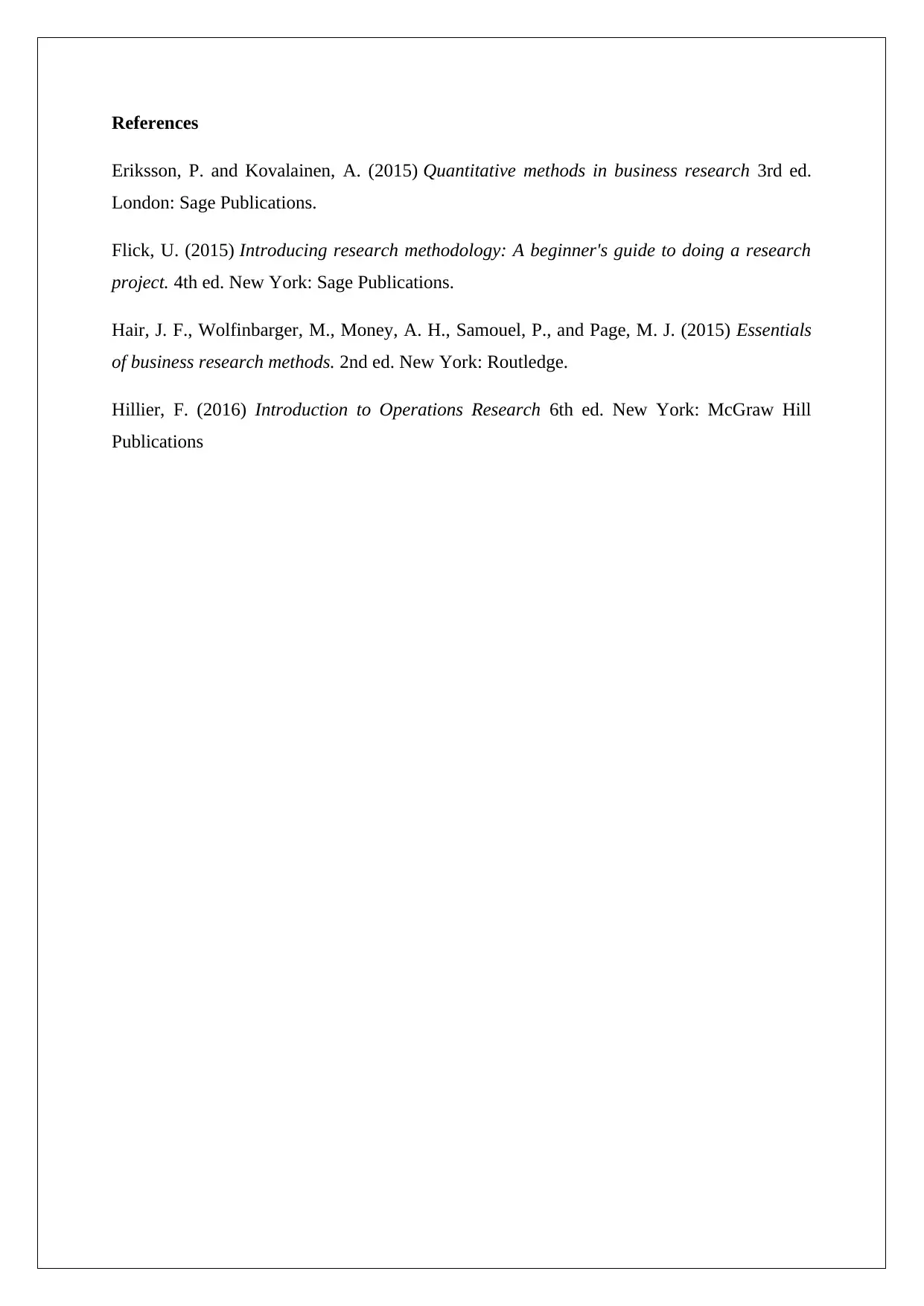





![[object Object]](/_next/static/media/star-bottom.7253800d.svg)